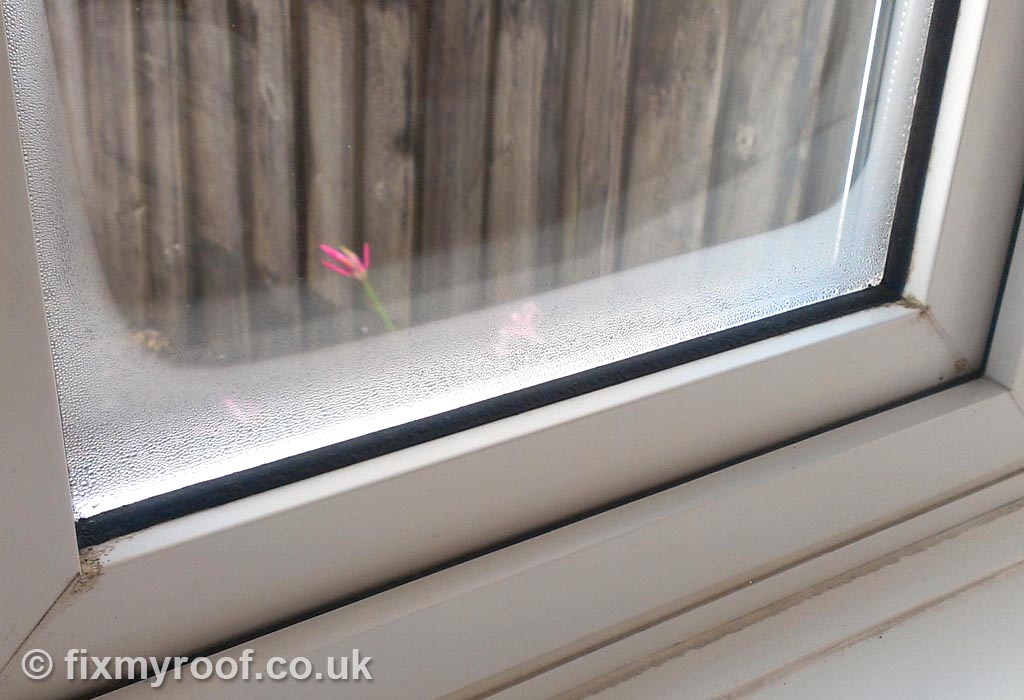transatlantic
Boom!
Ok, so I bought a dehumidifier for my house, as during the very cold days (say 3 degrees or lower), I get condensation on the windows over night. Not the whole window, just the lower 2-4 inches, like below (not my photo).

Without the dehumidifier, the relative humidity is about 60 to 65%, which from my research is on the high end of whats recommended (they say between 50 and 60%). When I run the dehumidifer, it drops to about 50%, sometimes lower. Yet I still get the same condensation? perhaps a tad less, but still very noticeable and needs wiping down.
What's going on? I know the dehumidier works as there is water in the tank, and I have 4 different meters of different brands all giving the same relative humidity reading, so I know it's removing the moisture.
The temperature over night (inside the house) on the colder days the house is around 16 degrees.

Without the dehumidifier, the relative humidity is about 60 to 65%, which from my research is on the high end of whats recommended (they say between 50 and 60%). When I run the dehumidifer, it drops to about 50%, sometimes lower. Yet I still get the same condensation? perhaps a tad less, but still very noticeable and needs wiping down.
What's going on? I know the dehumidier works as there is water in the tank, and I have 4 different meters of different brands all giving the same relative humidity reading, so I know it's removing the moisture.
The temperature over night (inside the house) on the colder days the house is around 16 degrees.


































